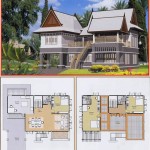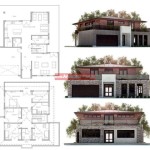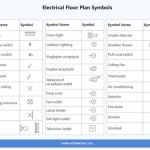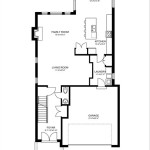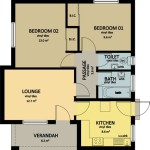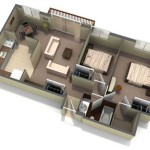Essential Aspects of House Plan and Elevation
Creating a house plan and elevation is a crucial step in the home building process. These documents provide a blueprint for the construction of your dream home, ensuring that it meets your specific needs and preferences. Here are some essential aspects to consider when developing your house plan and elevation:
1. Functional Layout
The layout of your house should prioritize functionality and meet the lifestyle of your family. Consider the flow of traffic, the placement of rooms, and the overall efficiency of the space. A well-planned layout will enhance the comfort and convenience of your home.
2. Architectural Style
The elevation of your house, which represents the exterior appearance, should reflect your personal style preferences and complement the surroundings. Choose an architectural style that aligns with your vision and the aesthetic of the neighborhood.
3. Floor Plan
The floor plan outlines the arrangement of rooms and spaces on each level of your home. It should include details such as room sizes, wall locations, and the placement of windows and doors. A clear floor plan will ensure that the house meets your space requirements and provides a comfortable living environment.
4. Elevation Drawing
The elevation drawing provides a two-dimensional representation of the exterior appearance of your house. It shows the front, back, and side facades, including details such as windows, doors, roofing materials, and any architectural features.
5. Site Plan
The site plan shows the relationship between your house and the surrounding property. It includes the location of the house on the lot, the driveway, walkways, and any outdoor features such as a patio or swimming pool.
6. Structural Design
The structural design of your house should ensure its durability and stability. This includes calculations for the foundation, framing, and roofing system. Proper structural design will protect your home from environmental elements and ensure the safety of its occupants.
7. Building Materials
The choice of building materials will impact the appearance, durability, and energy efficiency of your house. Consider factors such as the climate, local building codes, and your personal preferences when selecting materials.
8. Energy Efficiency
Incorporating energy-efficient features into your house plan can reduce your energy consumption and save money on utility bills. Consider using insulated windows, energy-efficient appliances, and renewable energy sources.
9. Accessibility
If accessibility is a concern, consider incorporating features such as ramps, wider doorways, and grab bars. These modifications can enhance the safety and comfort of all occupants.
10. Professional Assistance
Hiring a qualified architect or home designer can provide invaluable guidance in creating a house plan and elevation that meets your needs. They can help you make informed decisions and ensure that your home is built to the highest standards.
By carefully considering these essential aspects, you can develop a house plan and elevation that will create a home that is both functional and aesthetically pleasing. Remember, these documents are a crucial part of the home building process and should be thoughtfully designed to meet your specific requirements.

Architecture House Plan And Elevation Complete Drawing Cadbullb Bungalow Floor Plans Building Designs

Scheme Of The Tested Single Family House A Front Elevation B Scientific Diagram

Floor Plan And Elevation Of Modern House Plans Bungalow Ground

Floor Plan And Elevations For The New House Wildfire Interiors

Pin On My Saves

33x50 Modern House Plan And Elevation Duplex Design Small Exterior Building Plans Designs

How To Read House Plans Elevations

How To Read House Plans Floor Building In 10 Minutes Archid

Plan And Elevation Of The Test House A Floor Ground Scientific Diagram

How To Draw Elevations

